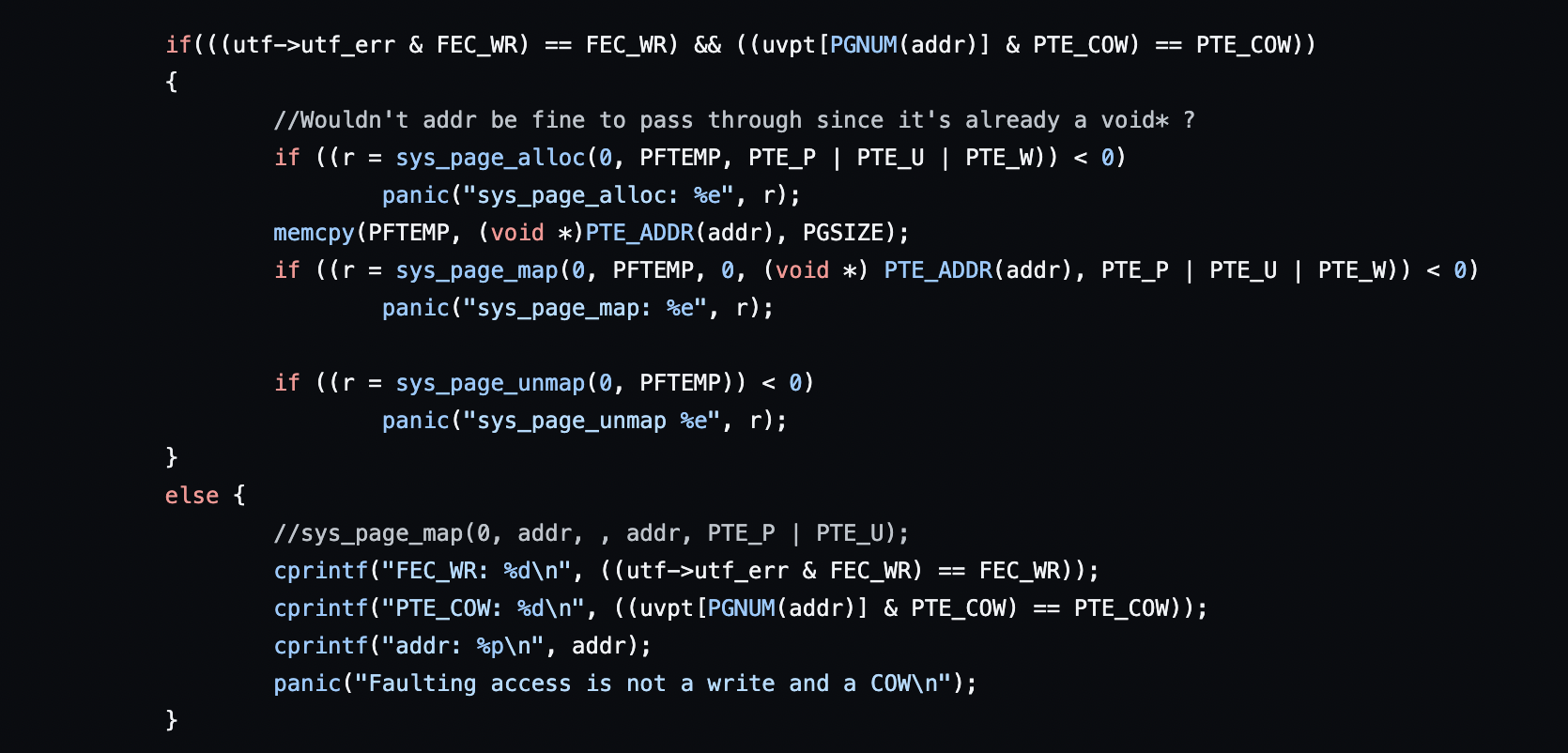Profile
I'm a Electrical and
Computer Engineering alumni from Purdue University,
with interests in Firmware Engineering, Embedded Systems, Computer Architecture, Computer Vision,
Compilers, and Systems Engineering. I'm a former member of IEEE - Eta Kappa Nu (IEEE-HKN),
the honor society of IEEE, which promotes excellence in the profession and
in education with ideals of Scholarship, Character, and Attitude.
I'm the former president of Purdue Engineering Outreach,
a student organization dedicated to promoting STEM education in the community and organizing outreach events.
Work Experience
I work at GlobalFoundries in the Talent Accelerator Program which takes a candidate
through three rotational programs, I am currently working as a Product Manager.
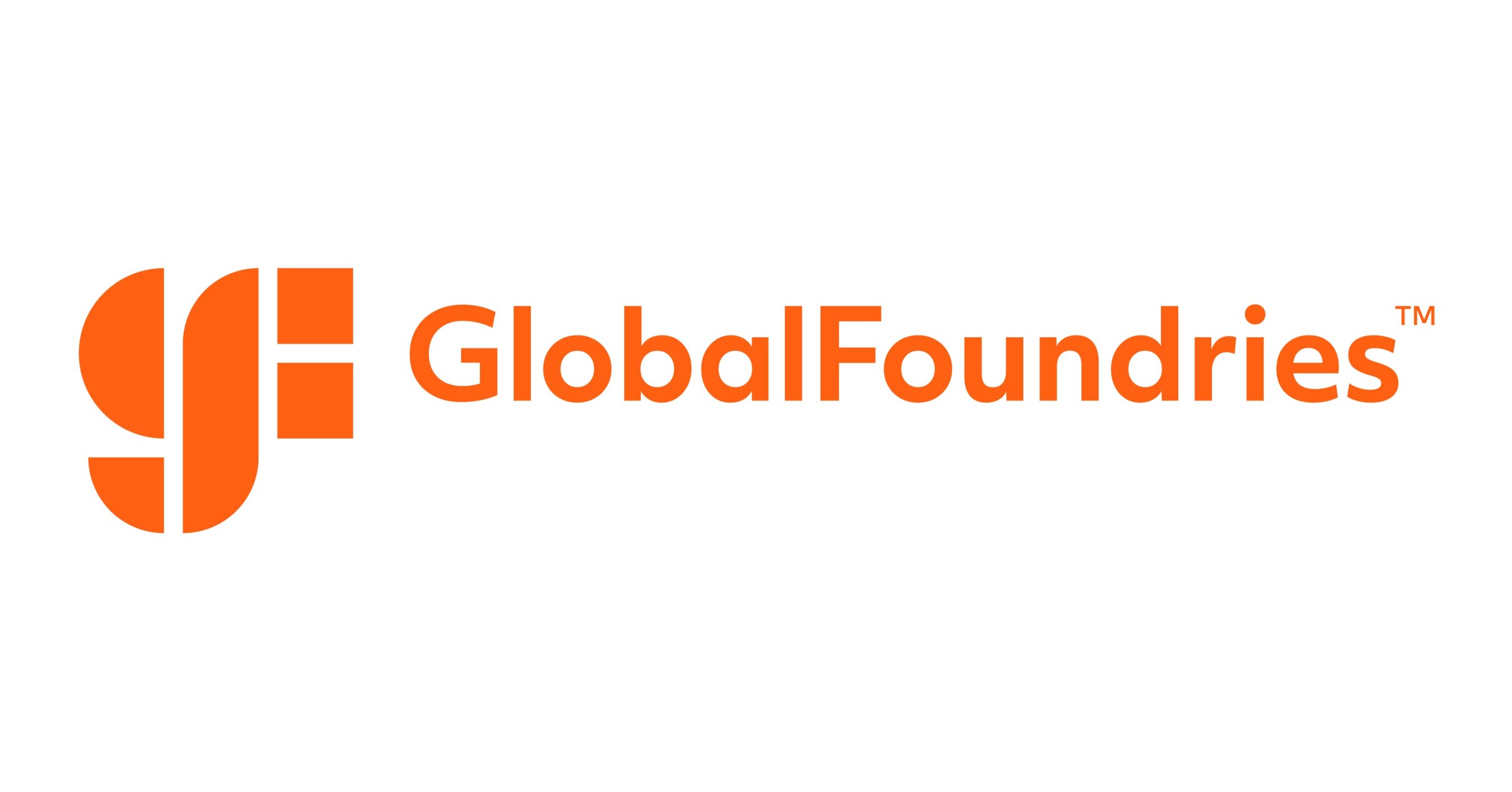
I collaborated with the Purdue Systems and Software Security Lab (PurS3) on creating a
C to Rust dataset called C2R. This project, led by Professor Aravind Machiry, focuses on converting C code to
idiomatic, safe Rust code to enhance code security by eliminating the use of unsafe
code constructs inherent in C, thereby mitigating associated security vulnerabilities.

I served as a Firmware Engineering Intern during my internship at Neurava in the summer of 2022.
In this role, I was responsible for developing firmware for a cutting-edge smart wearable device
designed to track the vital signs of individuals at risk of SUDEP (Sudden Unexpected Death in Epilepsy).

During the fall semester of 2022, I worked as an Undergraduate Teaching Assistant, providing guidance and support to
students in the Advanced C Programming course. My responsibilities included conducting office hours,
reviewing course materials, and proctoring exams.

Project Experience
I had the opportunity to modify a CPU model called MinorCPU in Gem5
during my Fall 2024 semester. I worked on implementing Load Value Prediction (LVP) into the MinorCPU model,
a microarchitecture technique that predicts the data value of a load instruction to mitigate memory access latencies.
The implementation included developing a Load Value Prediction Table (LVPT),
an associative memory that stores load addresses and their predicted values,
and a Constant Verification Unit (CVU), responsible for validating the accuracy of the predicted values.
We tested the system by simulating workloads with 20 billion instructions under various load latencies
to evaluate its effectiveness in improving execution efficiency.
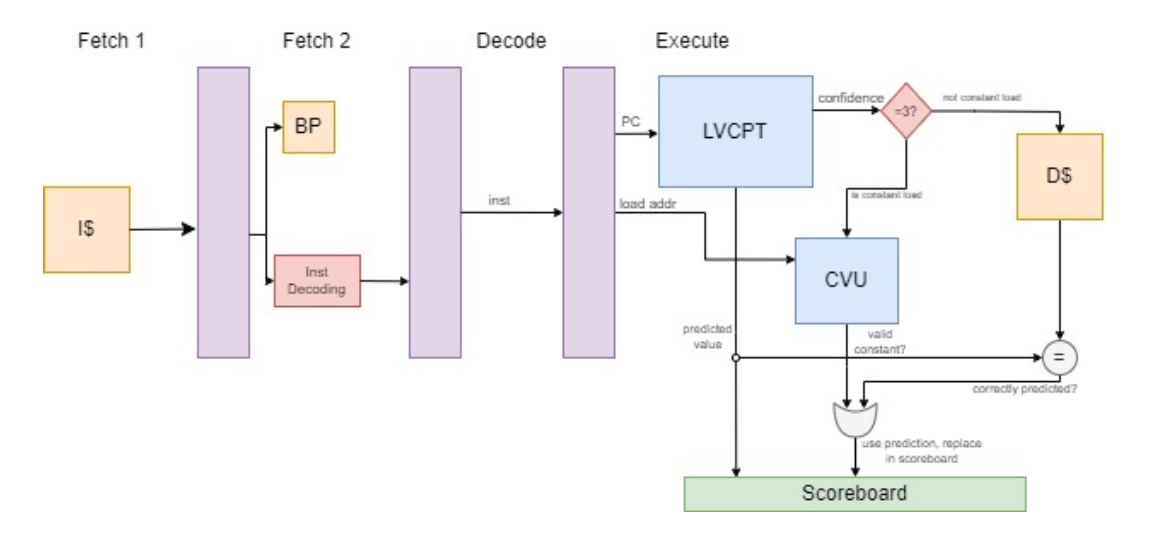
During my second semester as a master's student, I worked on evaluating YOLO-based image processing algorithms to detect and label brain tumors,
focusing on improving detection accuracy and processing speed. By leveraging the Br35H dataset,
I conducted a comparative analysis against baseline YOLO versions like YOLOv6 and YOLOv7,
demonstrating the effectiveness of these models in medical imaging applications.

For the first year of my master's program, I took Ideas to Innovation (I2I) because I am a project track student.
During this course, I led a team of six on a project named Aqua-Check, where I developed and implemented a
combination of gradient boosting algorithms, including linear regression, XGBoost, and LightGBM, to estimate an
individual's total body water (TBW) content in kilograms. This estimation was then compared to their historical
TBW data to assess hydration levels. Serving as the technical project manager, I assumed the sole leadership role,
guiding the project through challenging phases and ensuring team cohesion and productivity. Despite some teammates
not pulling their weight, which contributed to difficult moments, I managed these issues and successfully steered
the project to completion.
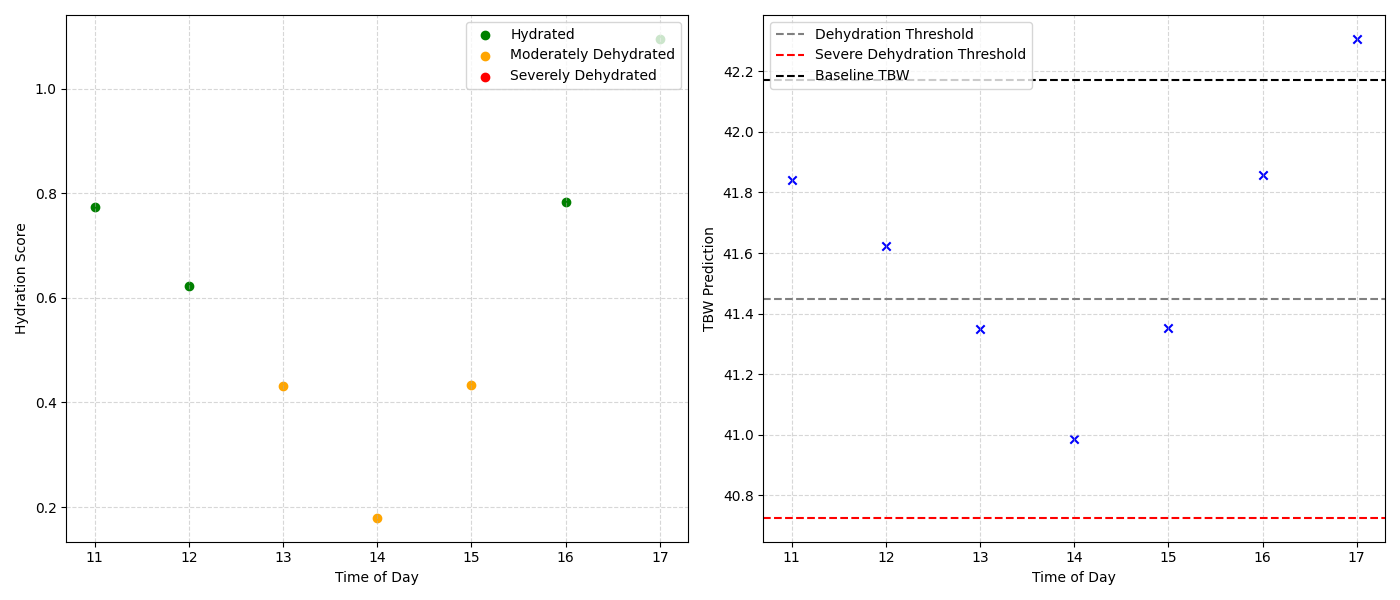
In a software engineering project
during the spring semester of 2023, I developed a TypeScript-based frontend for users to upload,
update, rate, and manipulate GitHub packages. Additionally, I implemented JavaScript-based backend
features for user authentication, data manipulation, database integration, and dynamic functionality.
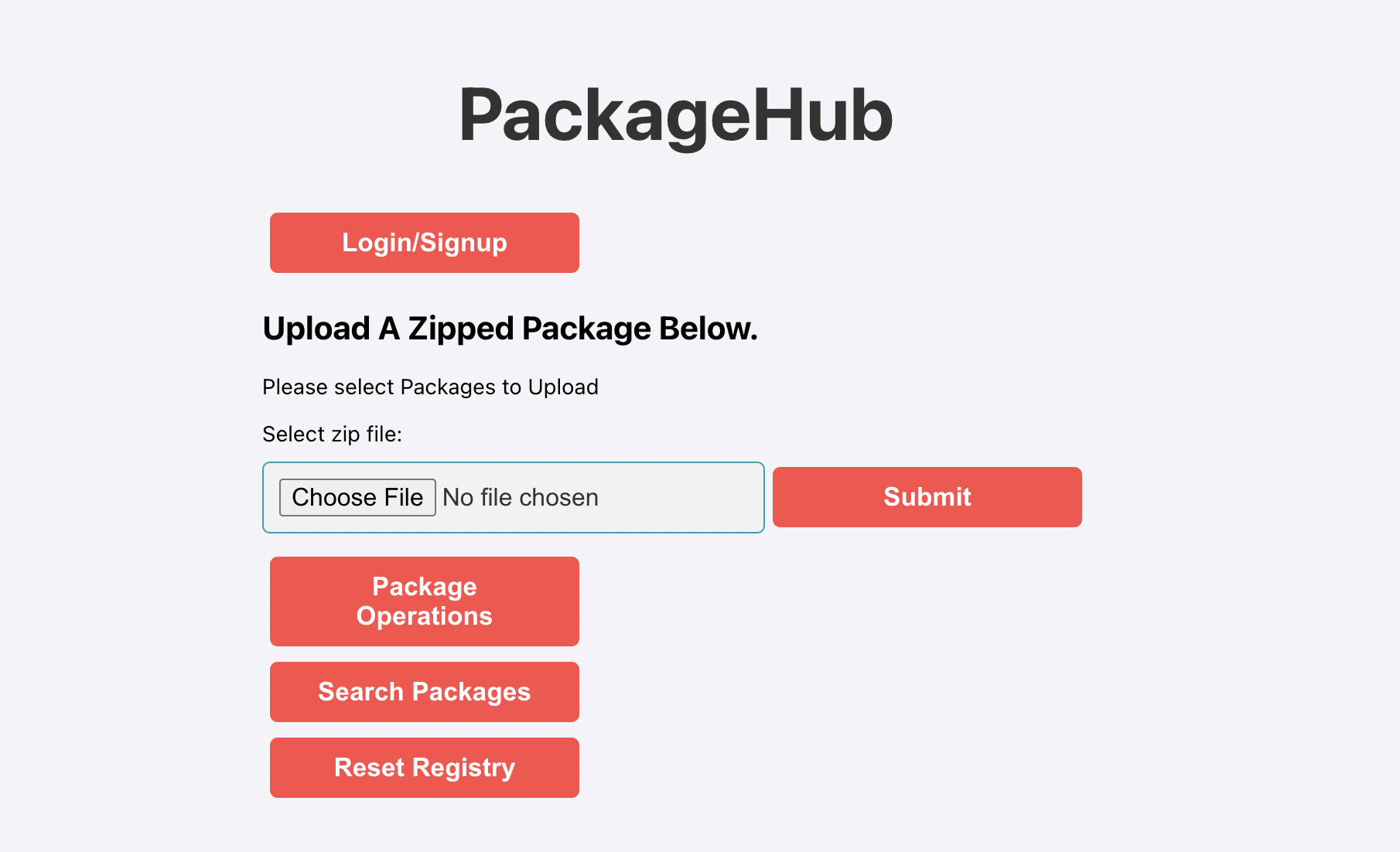
During the fall semester at Purdue University, as the Software Lead for the Digital Systems Senior Design project,
I played a key role in developing the code
for Band3.

I developed a Java compiler that handles C-like code and supports advanced features like while
loops, for loops, and extensive 3AC functionality. The project involved modifying
the code generation process to handle these conversions effectively, incorporating
custom instructions for seamless conversion between integers and floating-point numbers.
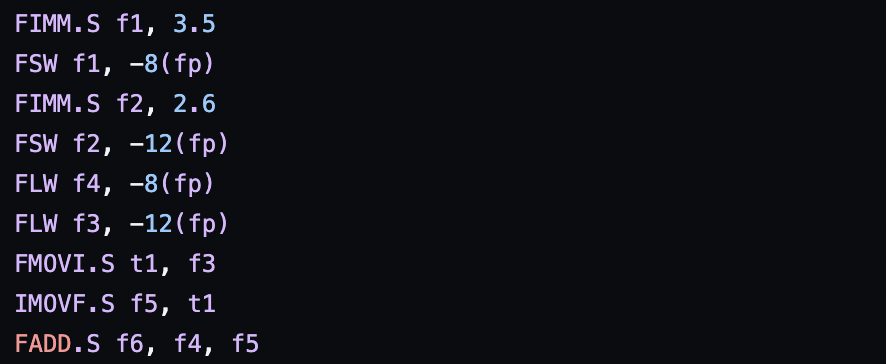
I worked on the Operating System Project, where I constructed a Unix-like operating
system from scratch using C. The project focused on developing a functional OS by incorporating
concepts from basic JOS and adapting it to meet modern standards. I conducted thorough documentation and
analysis at each milestone to address coding errors and track the progress of the kernel.
